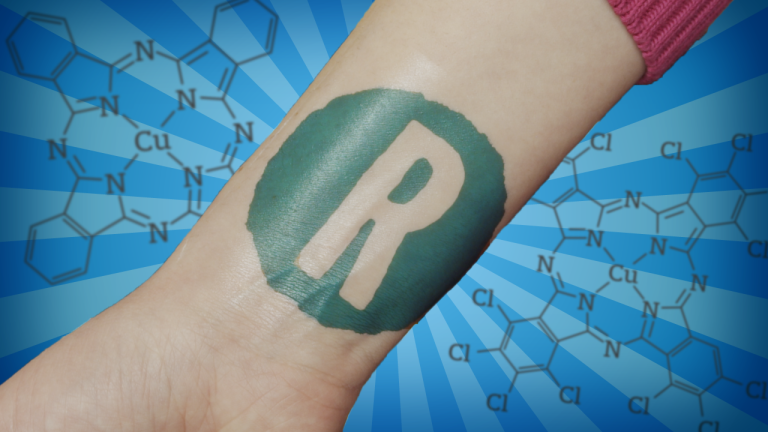Back to Show
Reactions
Where Did the Vampire Lore Come From?
Season 5
Episode 85
When you think “vampire” some of today’s most popular vampires might come to mind. But in the 18th and 19th centuries, when European vampire lore first really took off, they were a bit more...morose and, instead of that crystal-clear skin, they appeared kind of sickly with a reddish complexion. We unpack the chemistry that may have inspired one of our favorites: the vampire!
Support Provided By

11:48
How do carbon dioxide molecules trap heat in our atmosphere?

10:37
Why has the European Union banned certain colors for tattoos?

12:29
Can we solve electric vehicle fires before we fully understand what’s happening?

15:58
Fluffy, delicious bread results when starch gelatinization and flour chemistry combine!

12:35
Join George (and, occasionally, Andrew) as they chart corn’s epic chemical journey.

10:46
We explore and learn anywhere between the 20 and 74,963 kinds of ice.

10:34
For years it was used in homicidal poisonings. We learn what made it so dangerous.

12:40
We explore brining and whether or not it makes a different when cooking the turkey.

15:23
We dive into the science to figure out how to make gummies without the side effects.

18:01
There are a few obstacles to overcome before we get there.

13:15
Come along on George’s epic journey into the wilds of salt science!

9:41
Weeds are building a defense against today's herbicides.











